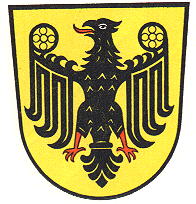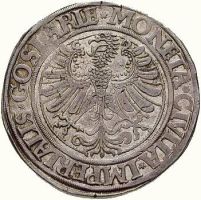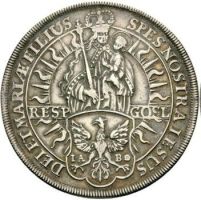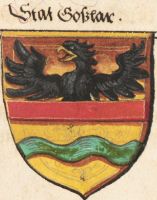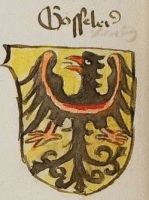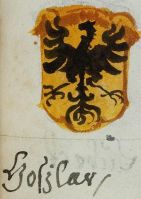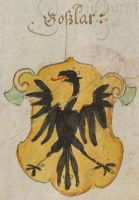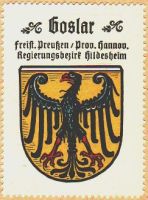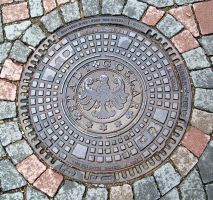Goslar: Difference between revisions
Knorrepoes (talk | contribs) m (Text replacement - "'''↵| ↵|-↵|'''English''' ↵| {{blazon wanted}}↵|}" to "''' | blazon wanted |- |'''English''' | blazon wanted |}") Tags: Mobile edit Mobile web edit |
Knorrepoes (talk | contribs) m (Text replacement - "{{media}}" to " {{de1}} {{media1}}") |
||
| Line 38: | Line 38: | ||
[[Civic Heraldry Literature - Germany|'''Literature''']]: Stadler, 1964-1971, 8 volumes. | [[Civic Heraldry Literature - Germany|'''Literature''']]: Stadler, 1964-1971, 8 volumes. | ||
{{ | |||
{{de1}} | |||
{{media1}} | |||
[[Category:German Municipalities G]] | [[Category:German Municipalities G]] | ||
[[Category:Niedersachsen]] | [[Category:Niedersachsen]] | ||
[[Category:Goslar]] | [[Category:Goslar]] | ||
Revision as of 11:27, 26 December 2022
This page is part of the German heraldry portal Deutsche Wappensammlung |
Heraldry of the World |
|
German heraldry:
|
Selected collector's items from Germany:
|
GOSLAR
State : Niedersachsen
District (Kreis) : Goslar
Additions : 1972 Hahndorf, Hahnenklee, Jerstedt, Oker; 2014 Vienenburg (1972 Immenrode, Lengde, Lochtum, Weddingen, Wennerode, Wiedelah, Wöltingerode)
| German | blazon wanted |
| English | blazon wanted |
Origin/meaning
The arms of Goslar show the imperial eagle, indicating that Goslar was a Free Imperial City from early medieval times until 1803. The eagle first appeared in the local seals in the middle of the 14th century (oldest known seal dates from 1345), but the use may be already one century older, as the eagle has only one head. The imperial eagle changed to a double-headed eagle in the late 13th century. Ever since the seals and arms of the city have used the eagle. Presently the city uses an eagle with special wings, to distinguish the arms from the German national arms.
The arms in a 16th century manuscript
The arms by Hupp in the Kaffee Hag albums +/- 1925
Literature: Stadler, 1964-1971, 8 volumes.


